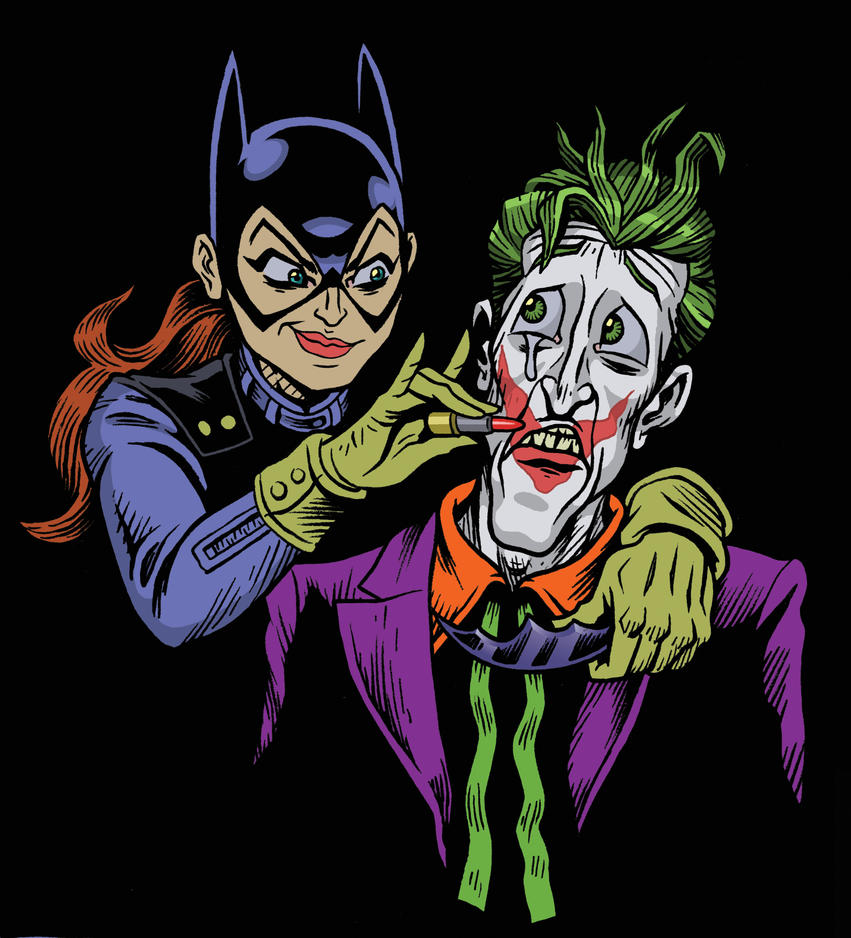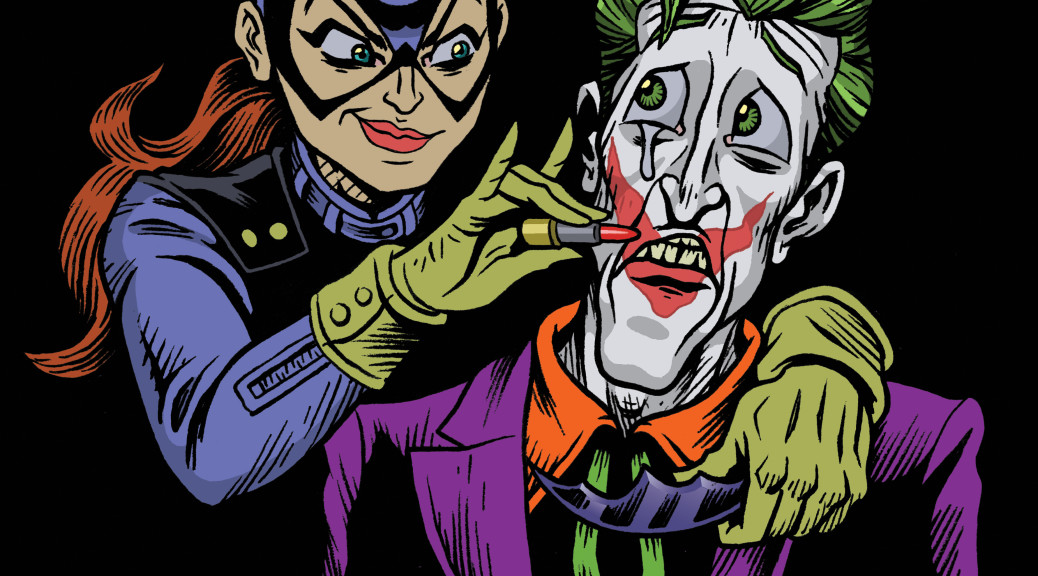One of Sacred & Sequential’s founding members Asher J. Klassen has written an impressive and notable response to the controversy over Rafael Albuquerque’s Batgirl cover currently occurring the superhero industry and fandom.

Asher comments, regarding the controversial cover’s relationship to the 1998 Alan Moore and Brian Bolland one-shot comic The Killing Joke:
The Killing Joke is a brilliant story. It is also absolutely, fundamentally, a problematic story. For those of you who haven’t read it, a brief synopsis: this is the tale of Oracle’s origin, in which Barbara Gordon is attacked at home by the Joker, who shoots her through the spine and strips her, leaving her naked and paralyzed on the floor while he takes pictures…pictures he later uses to psychologically torment her father, Jim. It’s a classic example within the comics canon of a woman being victimized simply to provide a point of pathos for a male hero. Barbara suffers greatly, and is left paralyzed for life, but her ordeal is inconsequential to the story; the focus is on Jim as he bears witness to his daughter’s trauma. People are upset because this story bothers them. It should. It needs to bother us; we need to to be bothered by it; it is brilliant because it bothers us.
Stories that don’t bother us are not worth writing.
In addition to featuring this post by an S&S member, we are also inclined to ask what relationship, if any, this issue may have to religious imagery and iconography. Do some religious similarly feature/exploit women in threatening situations? Should “trigger warnings” be part of religious discourse, particularly with faiths’ visuals? Or is censorship overextending itself in some way that religious liberties might oppose? To what degree are even religious audiences willing to be “bothered” — willing to tolerate some level of being disturbed — for the sake of a story and its meaning?
Read entirety of Asher’s post here.


